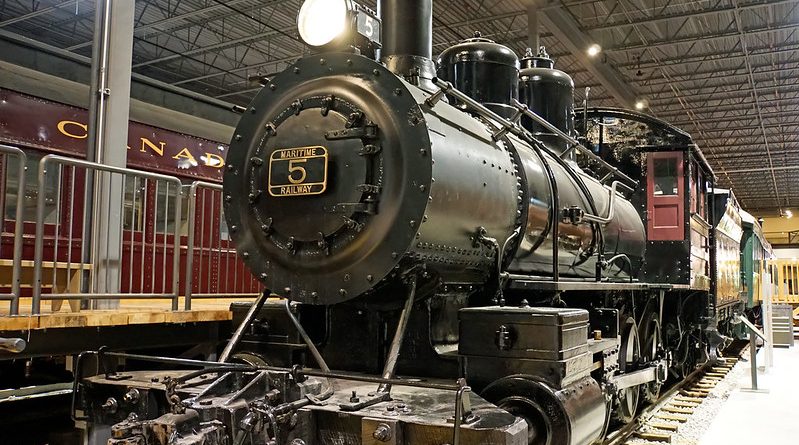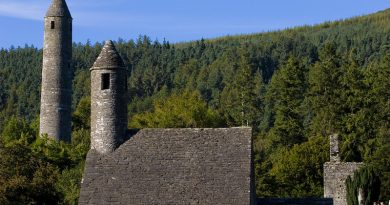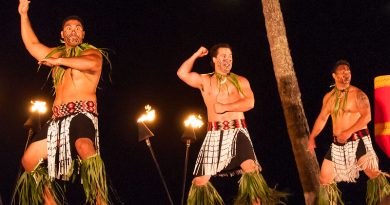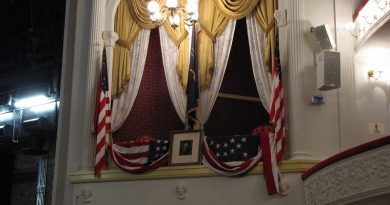Abraham Lincoln signed the act to build the Transcontinental Railroad in 1862 believing it was crucial to the unification of the country.It also gave the Union forces a distinct advantage over the Confederates of the South slowing them to ship and deploy troops and supplies much faster and more efficiently.
The railroad also opened up the west – a dangerous trek that would have taken at least six months in the times of wagon trains could now be accomplished in less than a week. The Central Pacific railroad broke ground in January 1863 and the Union Pacific in December of that year.
Building the Railroad
The railroad Involved the construction of nearly 2000 miles of track and involved a work force of over a hundred thousand men.
Workers were housed in enormous work trains – Chinese workers were forced to camp by the side of the road.
Work was hard and pay was meagre.Tent towns appeared .Newspaper editor Samuel Bowles coined the term Hell on Wheels for these mobile construction towns. Rough, bawdy and brutal, they contained saloons, gambling houses, and brothels. Many Tent Towns became permanent settlements.
The railroad companies also changed the racial makeup of America by encouraging immigration from Europe and China . The Chinese population in particular grew exponentially, from less than a hundred people in 1870 to over one hundred and forty thousand men and women just ten years later.
Companies employed agents to scout for immigrants who were paid per head.Corruption was rife. The government legislated to award the constructors with 6400 acres of trackside land and a tiered payment per mile of track.- $16,000 per mile of level track, $32,000 per mile of plateau track and $48,000 for the most demanding stages. Within two years these rates had been doubled.
In the post Civil War world fortunes were made and lost quickly. Industrial scale corruption occurred Two companies and their workforces constructing the railway from opposite directions met on 10th May 1869 at promontory summit, Utah. A silver hammer was used to drive home the final golden spike to join the two lines.This was one of the world’s first global media events. National celebrations ensued .The West had been opened up and it would change the country for ever.
The railroad Proved a major stimulus to both immigration and trade.Settlement of the prairie led to a massive increase in American farming . There were two million farms in 1860 and six million by 1900.Immigration from overseas doubled to over five million by the 1880s.
Buffalo Wars
Before the railroad it was estimated that 60 million buffalo roamed the prairie in massive herds.Buffalo not only had a spiritual significance for native tribes but were also an important everyday resource providing food ,clothing,and skins for tents.
A generation of buffalo hunters were hired to wipe out the animal. Buffalo Bill worked for the Kansas railroad. He shot over 4000 animals in less than 18 months. Passengers were even encouraged to shoot at buffalo from specially adapted windows in their trains. The Kansas railroad ran its own taxidermy service to mount trophies for its customers.
By the end of 19th century only a thousand buffalo survived. Outraged the Native Americans gave railroad companies the excuse to fight back.The Sand Creek massacre in November 1864 was an appalling incident . Men from the Colorado territory militia destroyed a village of Cheyenne and Arapaho killing over 200 men women and children. The massacre was condemned but no one was brought to justice. Sand Creek led to a series of revenge killings in the Platte Valley and over 200 white settlers were murdered. Increasing the spiral of violence.
The US Cavalry was employed to protect the safety of the trains.The Powder Ridge expedition was deployed in 1865 in which his forces rode against Lakota, Cheyenne and Arapaho tribes. Hostilities soon escalated into the Red Clouds War, fought against the Lakota tribe in 1866 . The Lakotas inflicted heavy casualties – seen as a defeat to the US cavalry.Their resistance to the railroad led to the Plains tribes being confined in reservations where they were powerless to protect the ancestral buffalo hunting grounds.
Within a decade the buffalo had been driven to extinction. This would not have been possible were it not for the railroads being able to ship hides to eastern factories. In the year of 1881-82 the Northern Pacific shipped 2250 tonnes of hides from the plains. Once the buffalo were gone, the Indians had no option but to turn to the reservations. In 1883, the commanding general
of the army, William Sherman wrote that “the railroad has forever settled the Indian question”
The size of the USA and the ambition of its people made it the perfect ground for a railroad – it was perhaps inevitable that the new nation would soon boast more miles of track than the rest of the world put together.
In 1916, at the peak of the railroad boom, the USA had 250,000miles (400000km )of track – by far the biggest rail network that the world h




